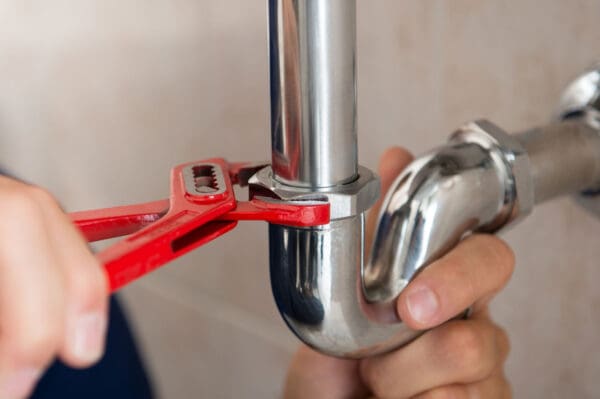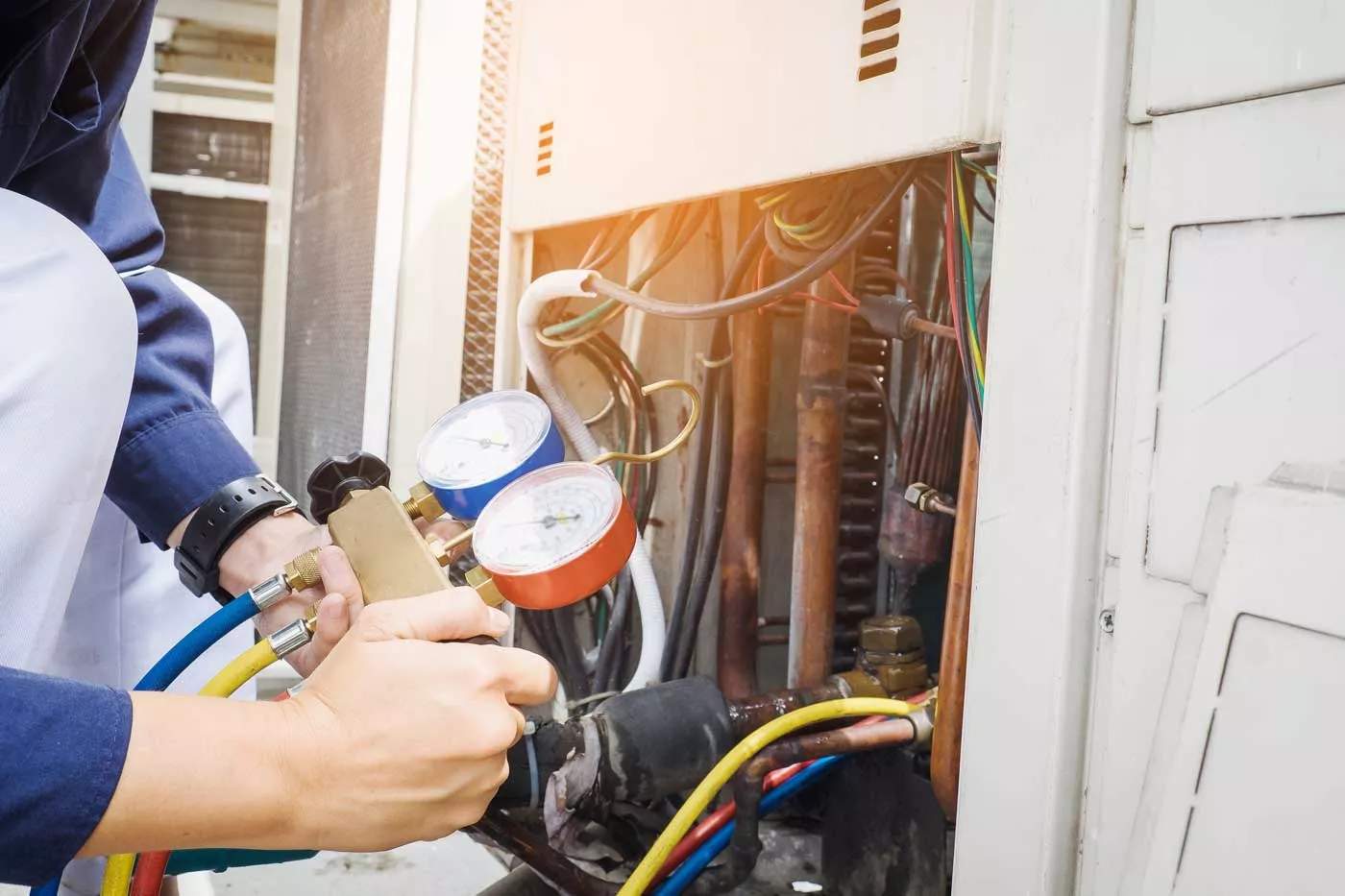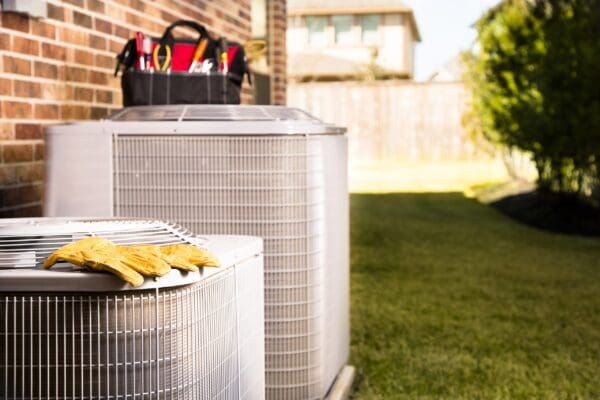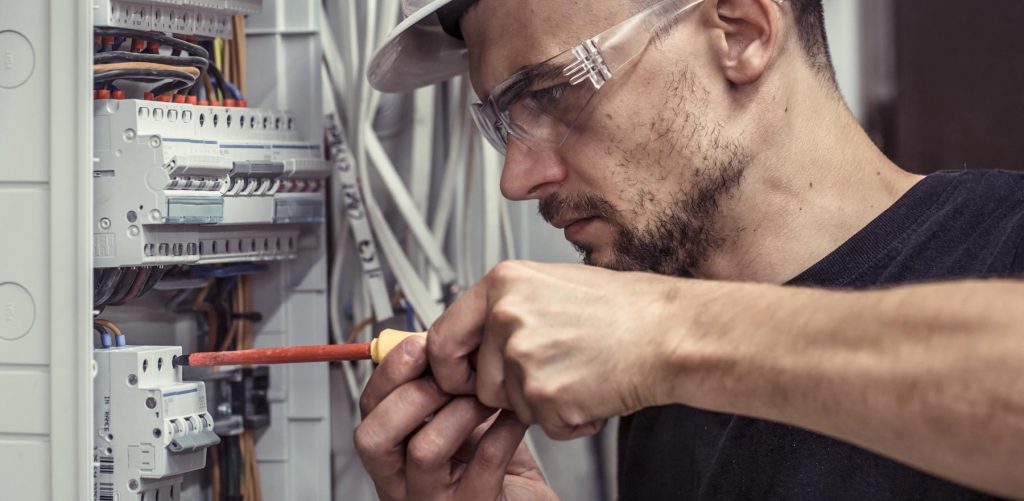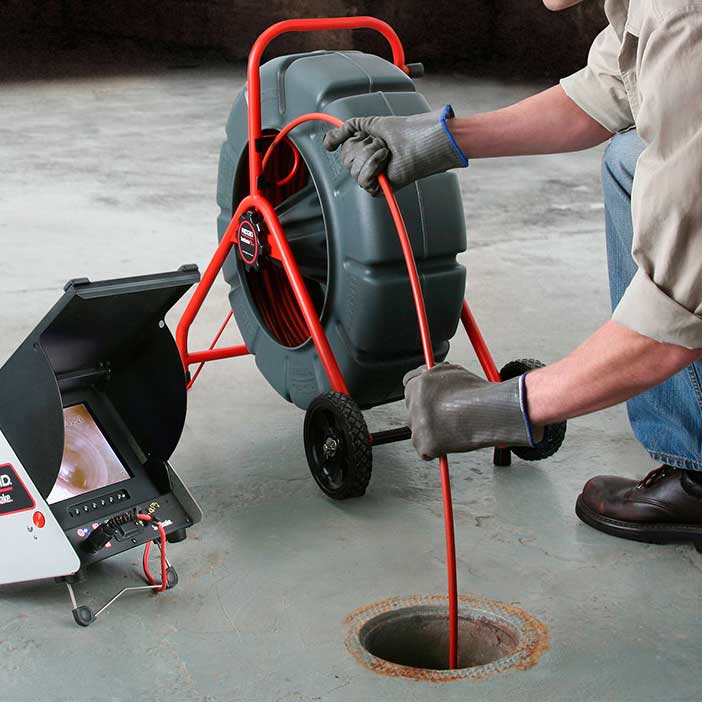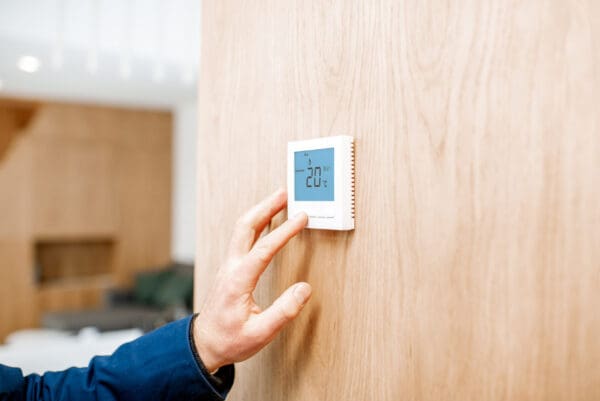
Smart home integration has transformed how homeowners control their HVAC systems, offering enhanced convenience and efficiency. Modern smart systems, with advanced thermostats and data analytics, allow for centralized and intuitive indoor climate management. Many of these systems learn your preferences and adapt to your daily routines, optimizing heating and cooling performance. By integrating smart technology into your HVAC setup, you gain precise control over your home’s environment, enabling you to maintain the perfect temperature while potentially reducing energy costs.
Centralized Control Through Smart Thermostats
A smart thermostat acts as a home’s central device for temperature control and overall system management. Unlike a traditional thermostat, which relies on manual programming, many smart thermostats come equipped with sensors and algorithms that continuously collect and analyze data. From user behaviors, they learn how preferred temperatures vary at different times of day or week and automatically set the controls to ensure comfort.
Zoning Systems
Zoning systems play a crucial role in smart HVAC integration by allowing you to control the temperature in different areas of your home independently. This feature is particularly beneficial for larger homes where various rooms may have different heating or cooling needs. For instance, you may prefer cooler temperatures in the bedrooms at night but are okay with these spaces being warmer than the rest of the house during the day.
With a zoned system, each area or zone in your home has its own thermostat, enabling customized comfort tailored to specific needs. This not only enhances comfort for everyone in the household but also boosts energy efficiency. By targeting heating and cooling to only the areas that need it, zoning systems reduce the workload on your HVAC system and can lead to significant savings.
Predictive Maintenance
Internet of Things (IoT) technology offers significant advantages for predictive maintenance in HVAC systems. IoT-enabled devices continuously monitor your HVAC system’s performance by collecting data on variables such as temperature, humidity, energy consumption, and wear and tear. This data is analyzed to predict potential issues before they escalate into major problems, allowing you to address maintenance needs proactively.
For homeowners, this means reduced risk of unexpected breakdowns and costly repairs. IoT integration provides timely alerts about any system issues. By addressing problems early, predictive maintenance can extend the lifespan of your HVAC system and enhance overall performance, giving you peace of mind.
Remote Monitoring and Control
One of the amazing values that you’ll find when integrating your HVAC system with smart home technology is the ability to monitor your system remotely. You’ll have access to the system through your smartphone or other connected device. This gives you incredible flexibility and control over your home’s environment. You can also check on the health of your HVAC system when needed. Also, if you forget to turn the system on or off, you can do so from your smartphone. Additionally, you’ll get notifications and alerts when issues develop, allowing you to take immediate action.
Advanced Data Analytics for System Optimization
Smart HVAC systems leverage advanced data analytics to continuously enhance your heating and cooling system’s performance and efficiency. Analyzing data from numerous sensors placed throughout your home allows these systems to track energy use patterns, temperature preferences, and overall system performance. This information allows the system to make real-time adjustments, optimizing HVAC operations for greater efficiency.
For example, the system can identify areas of your home that are consistently warmer or cooler and adjust airflow or temperature settings to create a more balanced indoor climate. Additionally, data analytics helps detect inefficiencies, such as energy loss due to poor insulation or leaks in the ductwork. When you address these issues, it ensures that your HVAC operates at peak efficiency, reducing energy consumption and lowering your utility bills.
Integration With Other Smart Home Systems
In a fully integrated smart home, your HVAC system works seamlessly with other connected devices, creating a cohesive and responsive living environment. For instance, a smart thermostat can coordinate with light sensors to adjust the temperature based on the amount of sunlight in a room. Similarly, smart blinds or windows can interact with your HVAC system to regulate indoor climate by opening or closing in response to outdoor conditions.
This level of integration extends beyond mere climate control. A well-connected smart home allows for broader automation scenarios. For example, your HVAC system can automatically adjust the temperature when the security system detects the house is empty or lower the temperature when the home enters “sleep mode” at night. This enhanced compatibility makes your smart home system work harmoniously to meet your needs.
Adaptive Comfort through Machine Learning
Machine learning plays a critical role in smart HVAC systems. It lets the system learn from the user’s behavior and adapt itself. The more time it spends learning about your habits and routine, the more in tune it becomes with your preference. For example, if it learns that you like a cooler bedroom when you go to bed, it will start lowering the temperature in advance so that your room reaches an optimal temperature by the time you are ready to sleep.
Machine learning also increases the system’s efficiency by only using energy when and where needed based on predictive analytics that anticipate your comfort needs. This type of predictive analysis creates a much more personal and efficient home climate control experience.
Customizable User Interfaces for Improved Accessibility
The user interface is a crucial component of a smart HVAC system, providing you with easy and effective control over your home environment. Modern smart HVAC systems feature intuitive applications that offer a range of functions, including scheduling, real-time monitoring, and detailed energy usage reports. These tools make it simple to maintain an optimal climate in your home and track your system’s performance.
Additionally, many systems include voice control capabilities, enhancing accessibility for all users. Integration with virtual assistants like Amazon Alexa or Google Assistant allows you to adjust your HVAC settings hands-free, which is especially convenient when multitasking or managing mobility limitations. This seamless interaction between advanced features and user-friendly design ensures that managing your HVAC system is as effortless as possible, allowing you to enjoy a well-regulated home environment with minimal effort.
Scalability for Future Expansion
Smart HVAC systems are designed with scalability in mind, allowing for easy expansion and adaptation as your home and needs evolve. This flexibility ensures that you can upgrade or modify your system to accommodate changes without needing a complete overhaul.
For instance, if you decide to extend your living space by renovating your attic or garage, a smart HVAC system can seamlessly integrate additional thermostats and sensors. This ensures that the new areas are efficiently temperature-controlled and balanced with the rest of your home’s climate.
Contact the Professionals
At First Choice Plumbing, Heating, Air Conditioning & Electrical, we have served the residents of Metuchen, NJ and the surrounding areas for over 20 years. We install, maintain, and repair heating and cooling systems. We also provide indoor air quality and plumbing services. Contact us today to schedule an appointment with one of our experienced technicians.

